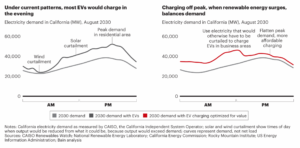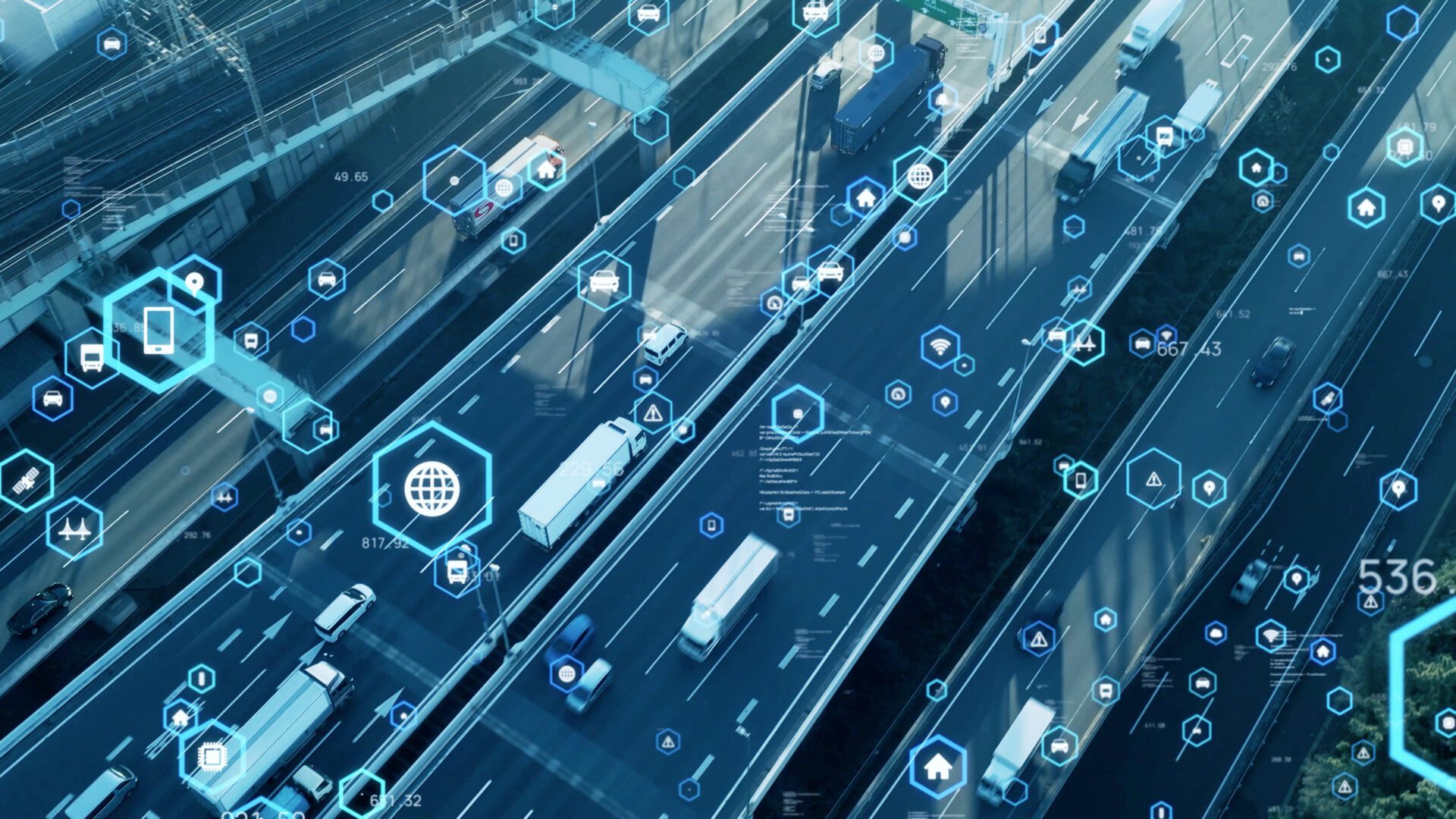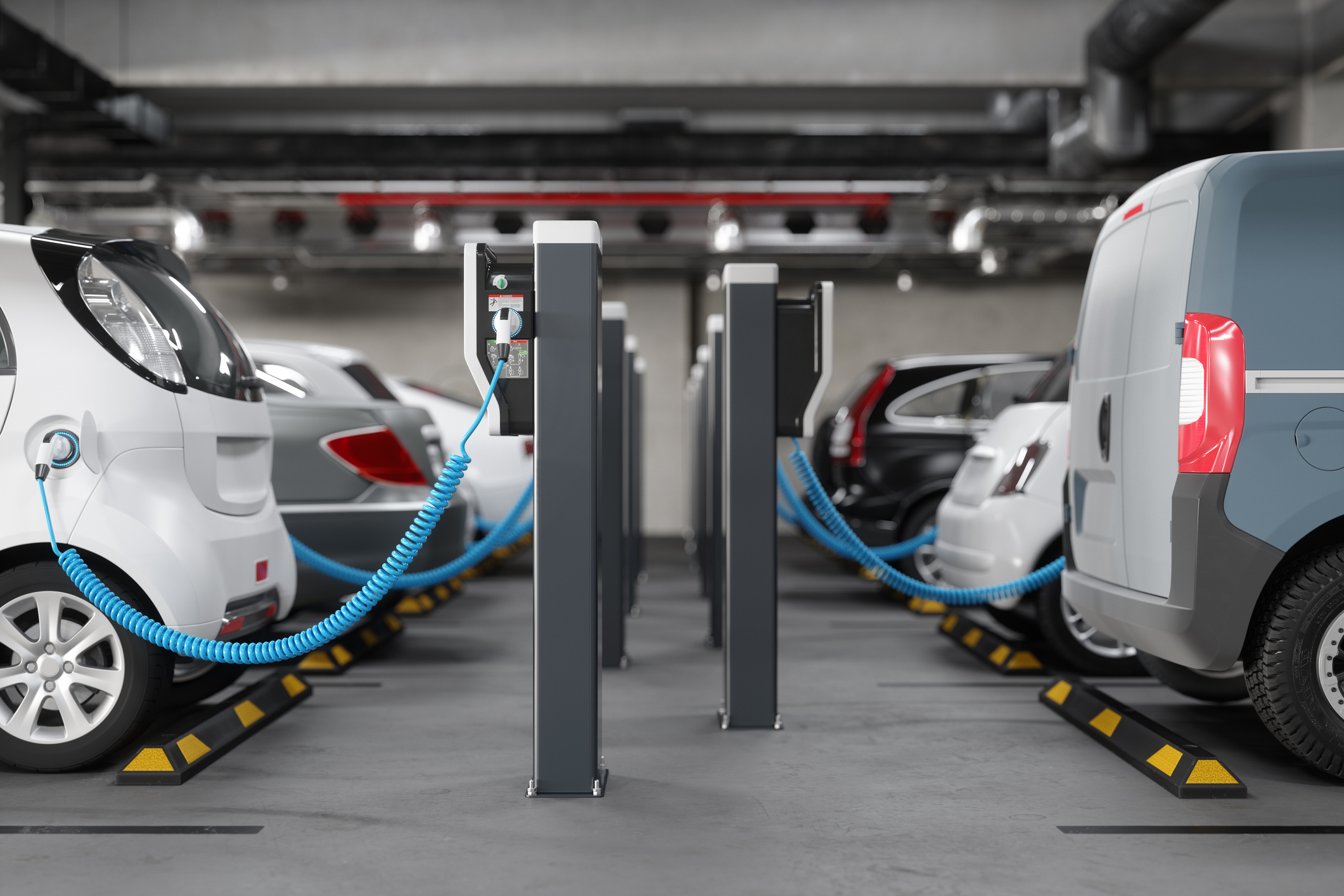Utilities continue to (rightfully) focus their innovation and business development efforts (and dollars) on electric vehicles (EVs). With the proliferation of EV adoptions boosted by everyone from prosumers to LMI households, how can utilities ensure those dollars are used the most efficiently and effectively? Two factors are key to maximizing value: (1) the electrification of high-use vehicles such as taxis, delivery trucks, and buses, and (2) the charging of vehicles at times of high renewable generation and relatively low demand. In terms of the first objective, the good news is that electrification efforts like President Biden’s plan to shift 50% of all automotive production to EVs by 2030 have already emphasized an electrified commuter and supply chain fleet. Utilities can satisfy the second factor through EV telematics to better capture data from burgeoning national EV fleet.
EVs Today
So what’s wrong with the current situation? Let’s focus first on the volume of electrified miles. Because private cars and trucks spend 95% of their time parked, they’re limiting the volume of miles electrified. However, if high-use vehicles such as fleets of shared or autonomous vehicles (taxis, delivery trucks, buses, and corporate fleets) were electrified, they could increase the share of electrified miles in some U.S. cities to 35% by 2030. This ensures that there will be efficient electricity use and effective decarbonization as the number of EVs increases. Remember: while increased usage will challenge the grid, it will also create potential community renewable energy assets.
How EV’s Shift Peak Demand Times
When it comes to charging existing private vehicles, many people often choose to charge their EVs during peak demand times, such as weekday evenings after returning home from work, leading to grid instability and increasing the potential for outages or brownouts. With EV telematics, utilities can monitor overall usage times to better determine when to call a potential managed charging event. Furthermore, EV telematics data can yield powerful insights into how shifts in charging times might impact the need for advanced energy purchases, which can ultimately lower utility spending through pre-planning based on existing data to prepare for potential energy needs.
For example, in an Bain & Co report entitled “Soak Up the Sun: Can Electric Vehicles Help Balance Electricity Loads?” discusses how EVs charged at the right times (when solar and wind are most productive, in the middle of the night, etc.) could capture the surplus energy generated by renewables while promoting a more efficient grid.
 Source: Bain & Co Report
Source: Bain & Co Report
Again, this emphasizes the importance of employing EV telematics as a data analytics tool. To get started, utilities can offer an app that allows customers to see exactly how much money they can save by charging at off-peak hours, or schedule optimal charging events directly through residential and commercial smart EV chargers using a distributed energy resource management system (DERMS). Likewise, utility program managers can employ EV telematics as a means of justifying the programmatic value of EV charging programs to regulators, customers, and investors.
Conclusion: The Value of EV Telematics
In the past, the challenge for utilities was to incentivize fleet and individual owners to charge at these optimal times. Now, with legislation like the Inflation Reduction Act, EV sales are booming reflecting a robust consumer interest. Through EV telematics, utilities can better manage their peak shaving efforts by parsing real-time and historical data to best determine when managed charging events are the most effective. With program and API costs decreasing as the EV market continues to blossom, EV telematics is an increasingly viable option to empower utilities to optimize their various EV initiatives, from V2G charging to virtual power plants and beyond.
Article originally published on August 8, 2019, with updates on November 18, 2022.






